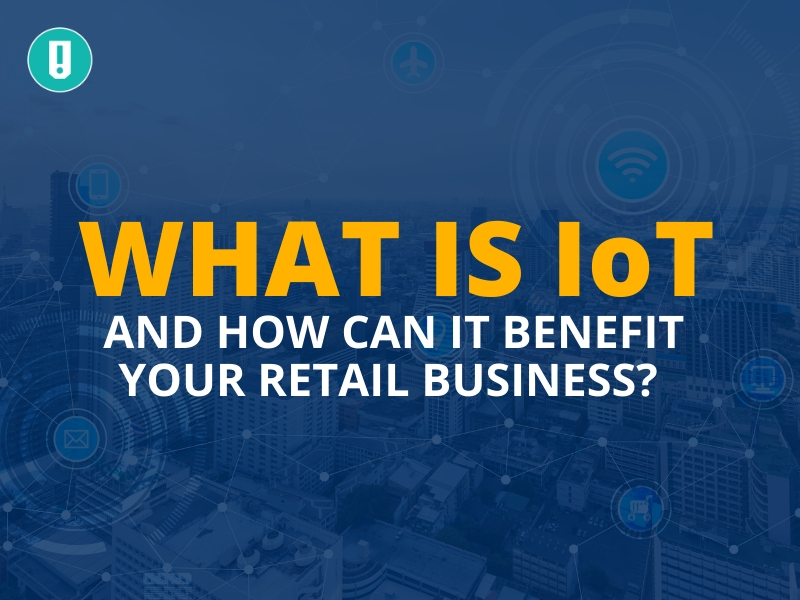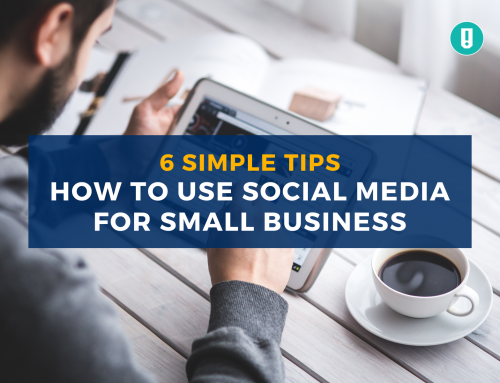Picture this: you’re redecorating your house and have been browsing through home products for months. You make your plans around some signature pieces and decide to buy them online so that you can avail of a discount. But wait, what if the items aren’t what you pictured? There’s no way of knowing whether the exact shade is the one you want or if the material is as described. Sure, you can return or exchange the items — but that begs the question: was the online shopping experience worth it? And if not, is the only alternative spending hours at a brick-and-mortar store scouring shelves for what you want and then having to pay the full price?
Not anymore!
While it’s no secret online shopping has taken the retail industry by storm, physical retail is having a quiet revolution of its own—thanks to the Internet of Things (IoT). Set to hit at least 41 billion 2027, in terms of total connected devices, IoT technology is disrupting almost every industry — including retail. Here’s how IoT can help your retail business and how you can implement it in ways that work for you:
Understanding IoT and Retail
Before you invest in it, it’s important to understand what IoT is and exactly how it works.
The Internet of Things is a technology network that “allows objects like home appliances, cars or devices, to send and receive data via the internet.” What this means is that IoT lets your devices communicate with each other without any human interaction required. Because IoT devices are all connected, they all collect and share insightful data. This can be put together by retail store owners and marketers to build better customer profiles, assess needs and wants, and help make the customer experience better. Here are some of the ways IoT can benefit retail:
Improved Customer Service
The edge online shopping has over brick-and-mortar is data. Incredibly detailed insights from data let e-commerce retailers know what their customers are looking for, where they’re looking for it, what they could be interested in, and how businesses can get their attention.
With data from social media, mobile apps, surveillance cameras, an article by IoT For All proposes that store owners can gather insights to tailor the customer experience or predict customer behavior. Additionally, the article reports that “8 in 10 retail stores have admitted that IoT has improved overall customer experience. Roughly the same number have claimed that it has increased business efficiency.”
Inventory and Supply Chain Management
Inventory tracking has always been a pain point for physical store owners. Inaccurate tracking, theft, loss, and damages or even misplacement can cost retailers enormous amounts. With IoT, retailers can opt for smarter inventory management systems including RFID tags, inventory databases, or shelf sensors, and make sure they’re never out of stock or overstocked.
Similarly, IoT helps retailers to optimize their supply chains. For instance, with RFID and GPS sensors, retailers can get more accurate data on products in transit. This allows retailers to ensure products are being handled or stored properly, and in turn, mitigate loss and damages. In fact, studies show that 86% of manufacturers have already adopted industrial IoT solutions, with 84% finding these solutions extremely effective.
Identifying New Opportunities
With all the data IoT helps businesses collect, retail owners can use Artificial Intelligence (AI) to highlight and map out new opportunities with consumers. One way to do this is by using IoT data coupled with AI to assess product pricing. This can be based on data insights on how much customers are willing to pay for something, or insights about an increase or decrease in product interest, or even insights about lead product development. For instance, data gleaned from IoT devices may show a business that customers are flocking towards certain products due to a specific feature. With the confirmation of demand for this feature, retailers can then invest in similar products or new products that carry that feature too.
How to Make IoT Work for Your Business
The applications of IoT in retail are varied and the key is investing in solutions suited to your business. Here are a few suggestions on how to effectively use IoT to benefit your business:
Creating ‘Smart’ Stores
With IoT-powered sensors, cameras, and more giving retailers real-time insights, they can create ‘smart’ stores that use data to better the customer experience. In addition, location analytics lets store owners know where consumers are focusing their attention or spending most of their time in-store. In turn, it can help shape layouts, implement relevant store design, appropriately place products, and determine marketing collaterals.
Automated Checkout
Long lines are a major turn-off for time-sensitive customers. Even if someone isn’t in a rush but has only a few things to check out, a long line could drive their business elsewhere. Plus, having multiple employees working the register isn’t profitable either, but IoT has a solution. The Hubspot article suggests that store owners use an automated checkout system that reads tags on items when a customer leaves the store. After this, the system will automatically tally the items and deduct the total cost from the customer’s mobile payment application. This application is best seen in Amazon’s Go stores.
Beacons and Personalized Rewards
Small Bluetooth devices that notify smartphones based on proximity to the store; beacons are great for drawing customers in. This means that when a customer or potential customer is near your store and has your app installed, they can receive special offers, discounts, or reminders — urging them to come in. Research shows that beacon-based marketing can increase the likelihood to purchase in-store by 70%.
By using IoT sensors, you can send loyalty discounts or offers to specific customers that are part of your loyalty program, as well as offer discounts on products a customer has been browsing on-line. By pairing beacon-based marketing with personalized rewards and loyalty programs, retail-store owners can get more insight into customer behavior.
Smart Shelves
As mentioned earlier, inventory is a major touchpoint for retailers. With applications like smart shelves that use sensors and RFID tags, store-owners can keep a more accurate track on stocks plus free up time for employees to tend to more important tasks. RFID tags are also connected to a reader and thereby detect in-store theft, a welcome security feature.
What To Consider
Like any investment, before you delve right into integrating IoT into your business, it’s important to assess safety and risk. IoT, like any cyber application, comes with the possibility of data breaches or cyberattacks. A lack of security, or even the utilization of incorrect data, could damage your business, revenue streams, and relationships with customers. According to an article by Western Governors University, the solution lies in strengthening your IoT security. This means focusing on strong passwords, multilevel authentication, and working with IT managers to correctly analyze data and strengthen and maintain cybersecurity systems.
The retail industry is always changing, but studies and results have shown that IoT is no passing trend. Integrating IoT devices into your daily operations may seem like a massive investment, but it’s one worth making for store-owners that want to stay innovative and relevant as well as grow their customer base.
Jori Hamilton is a freelance writer residing in the Northwestern U.S. She covers a wide range of subjects and with over 8 years of professional writing experience, she has taken a particular interest in topics related to Business, Marketing, SEO Best Practices, and Productivity. You can follow Jori on her Twitter and LinkedIn.






Leave A Comment